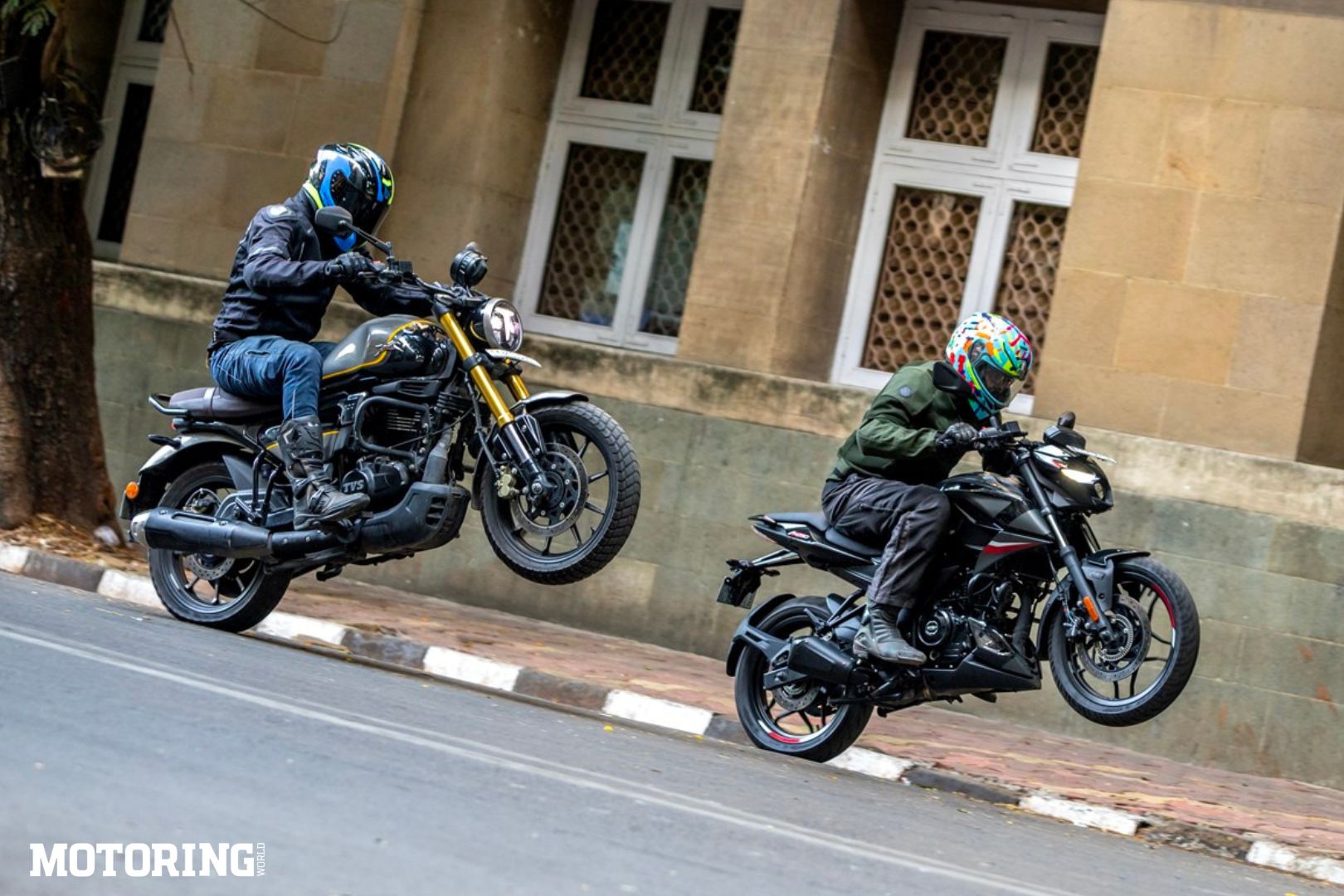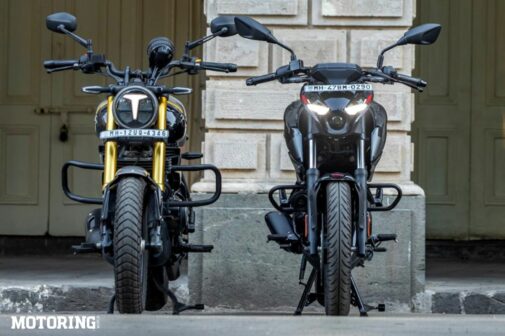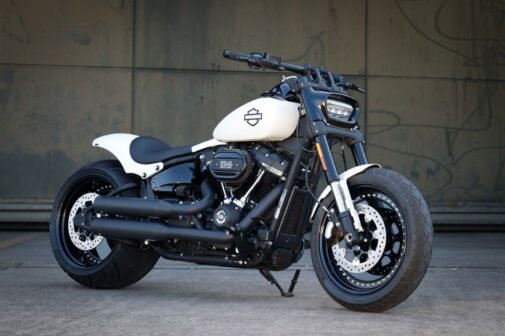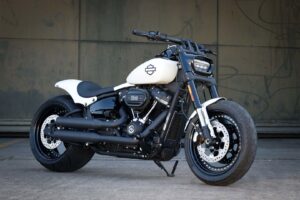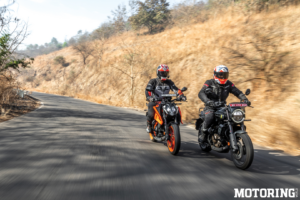Life is short and everything’s only getting more expensive, so you might as well have some fun — I like to think that an increasing number of Indian motorcyclists are veering down the road lined with that thought. And we’re all the better for it, since that means more fun motorcycles for everyone to fuss over. Here we have two homegrown machines from the makers of various KTMs and BMWs for those who want to add more than a bit of entertainment to their daily lives and rides — the Bajaj Pulsar N250 and the TVS Ronin. At 250cc and 225cc respectively, they offer a solid amount of grunt over smaller bikes without leaving your savings account as empty as a politician’s promise. And that was reason enough to put them together and try to figure out which one wins.
A look at their spec sheets will reveal their many similarities — both have torquey air-cooled single-cylinder engines with oil coolers and 5-speed gearboxes, rear monoshocks, and identical tyre sizes, front-disc diameters, seat heights and fuel-tank capacities. That’s a lot in common between two motorcycles that couldn’t be more different. Another similarity from personal experience is a universal agreement that both Bajaj and TVS had messed up the bikes’ designs. The general consensus is that the Pulsar looks too anonymous, while the Ronin looks, well, weird. Both bikes also elicited compliments, but for individual parts and overall quality of fi t and fi nish. But it was clear that the design books in both studios were left untouched.
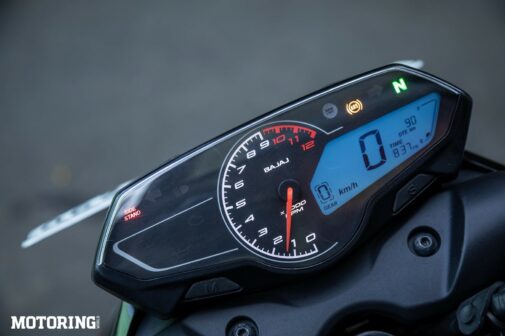
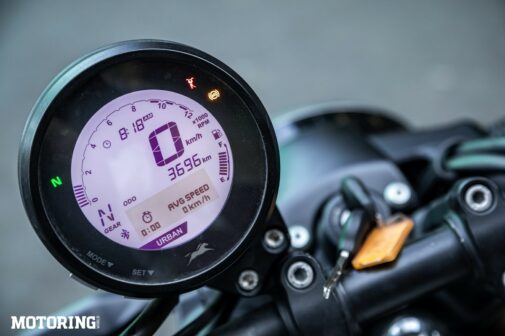
However, people did like the Pulsar’s headlight, tail light, quality of castings and the ‘infinity’ screen. For the Ronin, it was the headlight, USD fork, adjustable levers and well-executed engine design. There was also a comment made about the Ronin’s speedometer pod which referenced the most famous part of Lance Armstrong’s anatomy but hanging upwards, and I’ll never unsee that now. In any case, next to the Ronin, the more familiar shape of the Pulsar looked like the far safer choice, and that’s something I never thought I’d say. Nonetheless, ultimately it’s all about how these bikes ride and feel that really matters, and on those counts the Pulsar and the Ronin don’t disappoint.
The Pulsar makes 4 bhp more for Rs 20,000 less at least depending on the variant, but it’s far from being an open-and-shut case against the Ronin. Yes, the Bajaj did run away from the Ronin from traffic lights, but not before the Ronin’s better clutch action had snagged the holeshot, while the former’s snappy unit needed a bit more finesse to launch. Then again, that’s what makes the Pulsar better at wheelies, too, though the Ronin was not exactly shy of them either. Both these bikes make wonderful partners in one-wheeled crimes, offering excellent chances of turning commuters into stunters. It’s a good thing, then, that both offer dual-channel ABS options that work well in all conditions. However, I still think both could do with better tyres, but that could just be me.
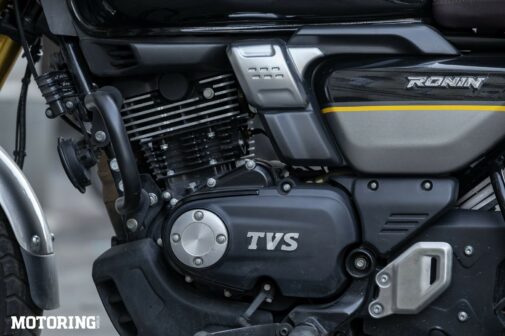
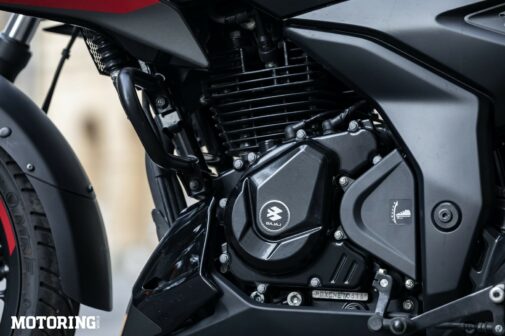
If sound is what moves you, as it should on a motorcycle, both bikes produce deep and loud-enough single-pot beats. However, the Pulsar tended to get a bit thrashy at high rpm, so I found myself developing a preference for the Ronin’s fuller and deeper voice. In terms of refinement, both were impressively smooth and generated all the right sensations from their respective engines that are clearly set up for low-end and mid-range performance. Both struggled beyond 120 kph and eventually reached an indicated 130 kph, though they’ll sit at 100 kph all day, which means longer rides aren’t exactly out of the question. Ridden with a liberal right wrist, both returned 35 kpl, too, which made for a range of around 490 km. And both willingly plodded around at 40 kph in top gear, so either one is a good choice for all-round ease of use. Will the similarities never cease? Actually, there are more to come.
The Pulsar and the Ronin are both compact machines but with different riding positions. The former positioned me in a sporty triangle, while the latter was more upright than I prefer, and I found that I could ride longer on the Pulsar. Ride quality on both bikes is great; the Pulsar is the softer one of the pair and can feel a bit squiggly, while the Ronin is more composed over bad stretches thanks to its USD fork. But you can safely sail over rough roads without a care on either bike; it’s just that they feel different but are equally capable. However, be prepared for their rear wheels to bounce around a bit, especially on the Pulsar. Rebound damping at the rear could’ve been better on both bikes. And even with their slipper clutches, their tyres struggled to stay in line when banging down their ’boxes, which only reinforced my call for better tyres on both bikes.
In terms of riding experience, both the Pulsar and the Ronin are evenly matched. However, somehow the Ronin with its USD fork has a tighter turning circle than the Pulsar with its conventional fork setup. Left me scratching my head, that one. The Pulsar is more flickable, the Ronin is more stable. Both are comfortable and both will stop at the same petrol pumps on long rides. And both excel in urban conditions, which is where they’ll spend most of their times. Both offer distance-to-empty readouts, though the Ronin’s fully-digital display also has Bluetooth connectivity which the Pulsar forgoes. It’s not a deal-breaker, at least for me, because I’ve never used any of that on a motorcycle. I do like a charging port, though, which only the Pulsar offers. And after watching these two trade matching blows, I was more confused than ever. Both were fun bikes but something was missing, and I think I know what that was.
Neither bike defines or defies the genre but is an example of ticking the customer-survey checklist. Both succeed in being practical and fun, and that’s an effort to be commended for sure. But both of them fall short of being desirable — and their designs are the main reasons for this. In any case, they both make good cases as do-it-all bikes that will certainly liven up your commutes and still be up for the occasional tour. And if you want something that looks special in your garage, I have to say it’d be the Ronin, but it achieves that inadvertently thanks to the Pulsar’s overall blandness. If I had to pick one for myself, it’d be the Pulsar. And in both cases, it’d help a lot if I had a gun to my head.
MOTODATA
Bajaj Pulsar N250POWERTRAIN
Displacement:
Max Power:
Max Torque:
Transmission:
249.07cc, single
24.13 bhp@8750 rpm
2.19 kgm@6500 rpm
5-speed
CHASSIS
Type: Tubular steel frame
BRAKES
F/R: 300-mm disc / 230-mm disc
TYRES
F/R: 100/80 R17 / 130/70 R17
DIMENSIONS
L/W/H (mm):
Wheelbase:
Ground Clearance:
Seat height:
Kerb Weight:
Fuel Capacity:
1989/743/1050
1351 mm
165 mm
795 mm
162 kg
14 litres
PRICE
Rs 1.48 Lakh (ex-showroom, Mumbai)
MOTODATA
TVS RoninPOWERTRAIN
Displacement:
Max Power:
Max Torque:
Transmission:
225.9cc, single
20.12 bhp@7750 rpm
2.03 kgm@3750 rpm
5-speed
CHASSIS
Type: Double cradle frame
BRAKES
F/R: 300-mm disc / 240-mm disc
TYRES
F/R: 110/70 R17 / 130/70 R17
DIMENSIONS
L/W/H (mm):
Wheelbase:
Ground Clearance:
Seat height:
Kerb Weight:
Fuel Capacity:
2040/805/1170
1357 mm
181 mm
795 mm
160 kg
14 litres
PRICE
Rs 1.68 Lakh (ex-showroom)





